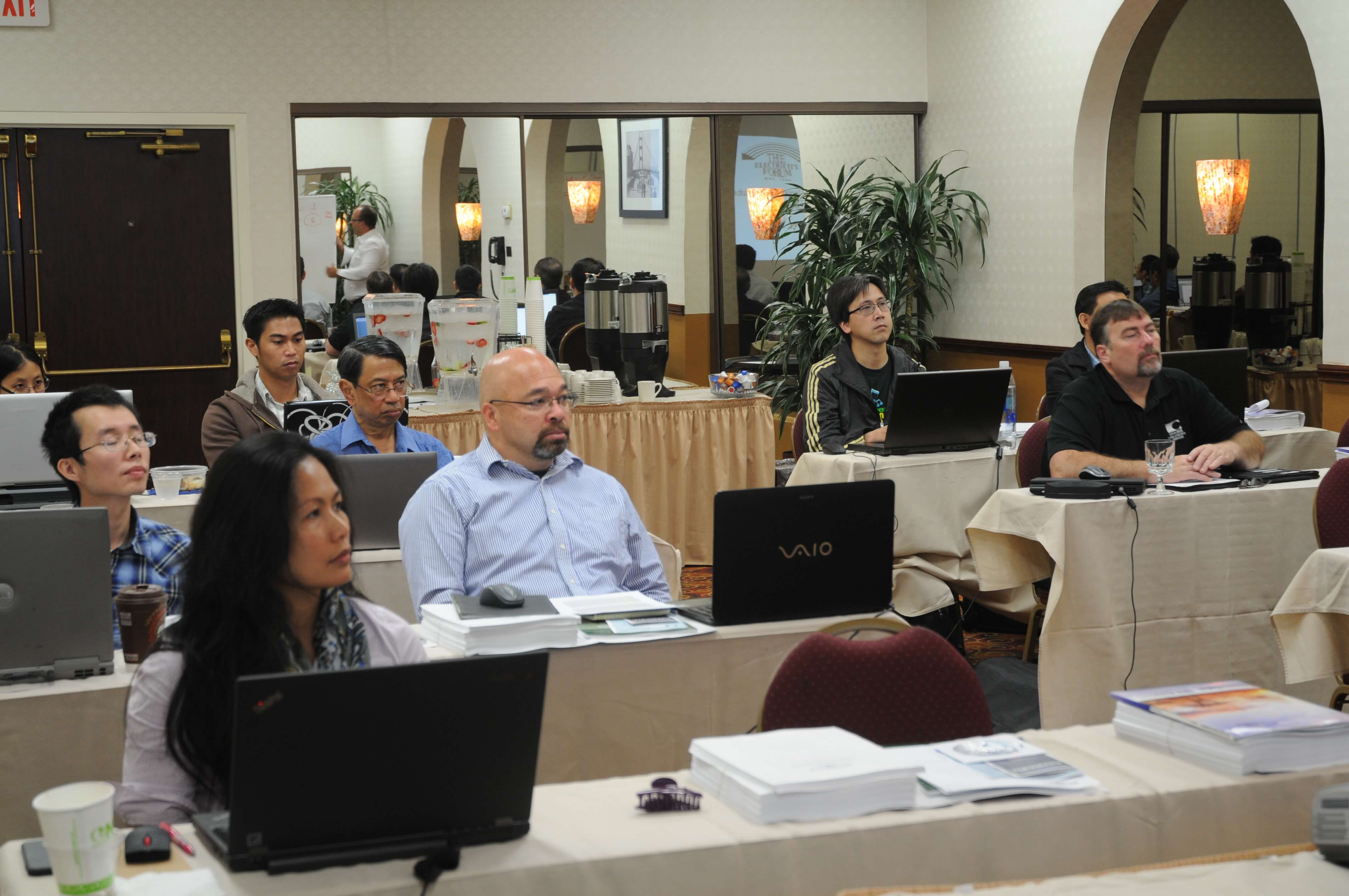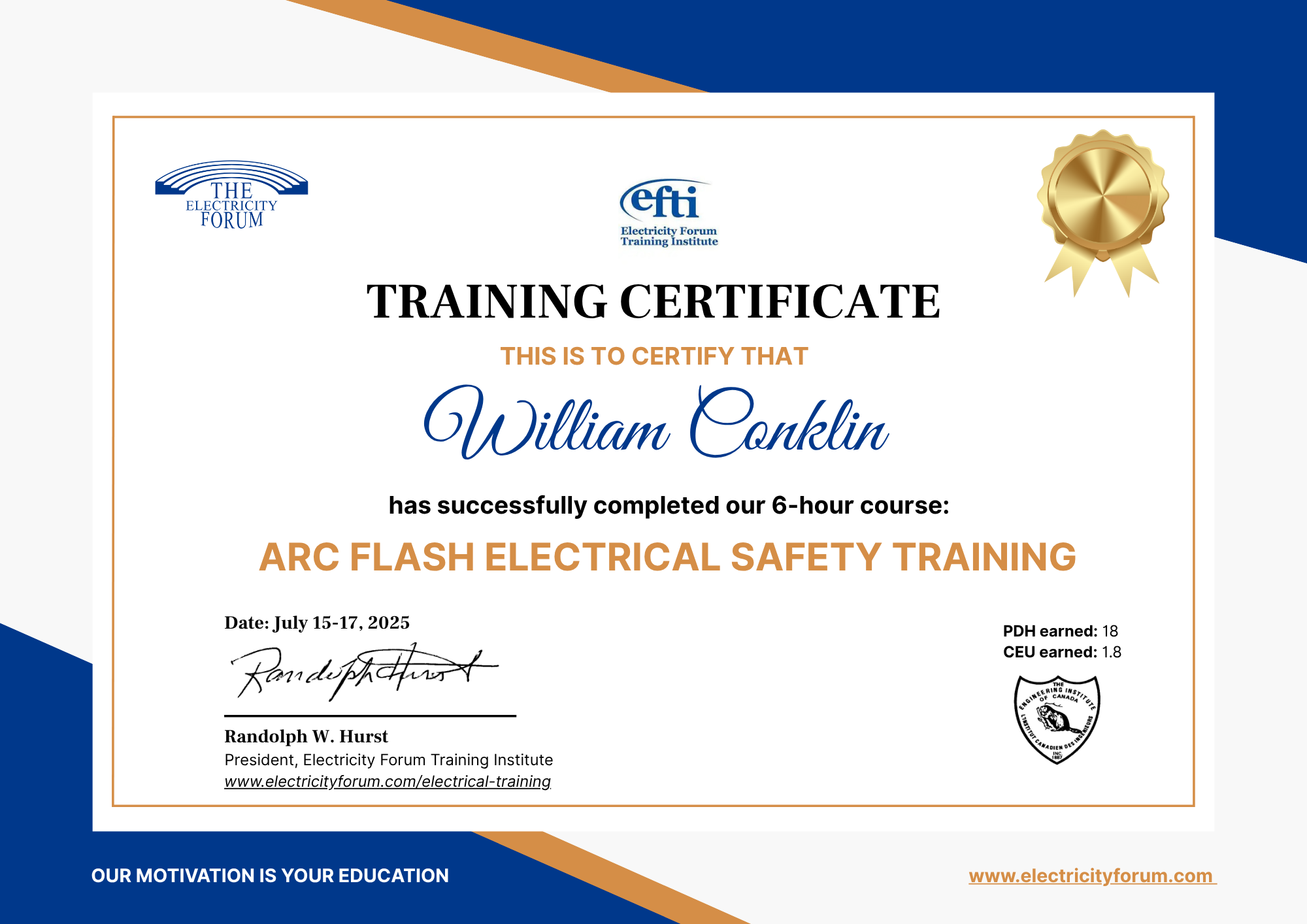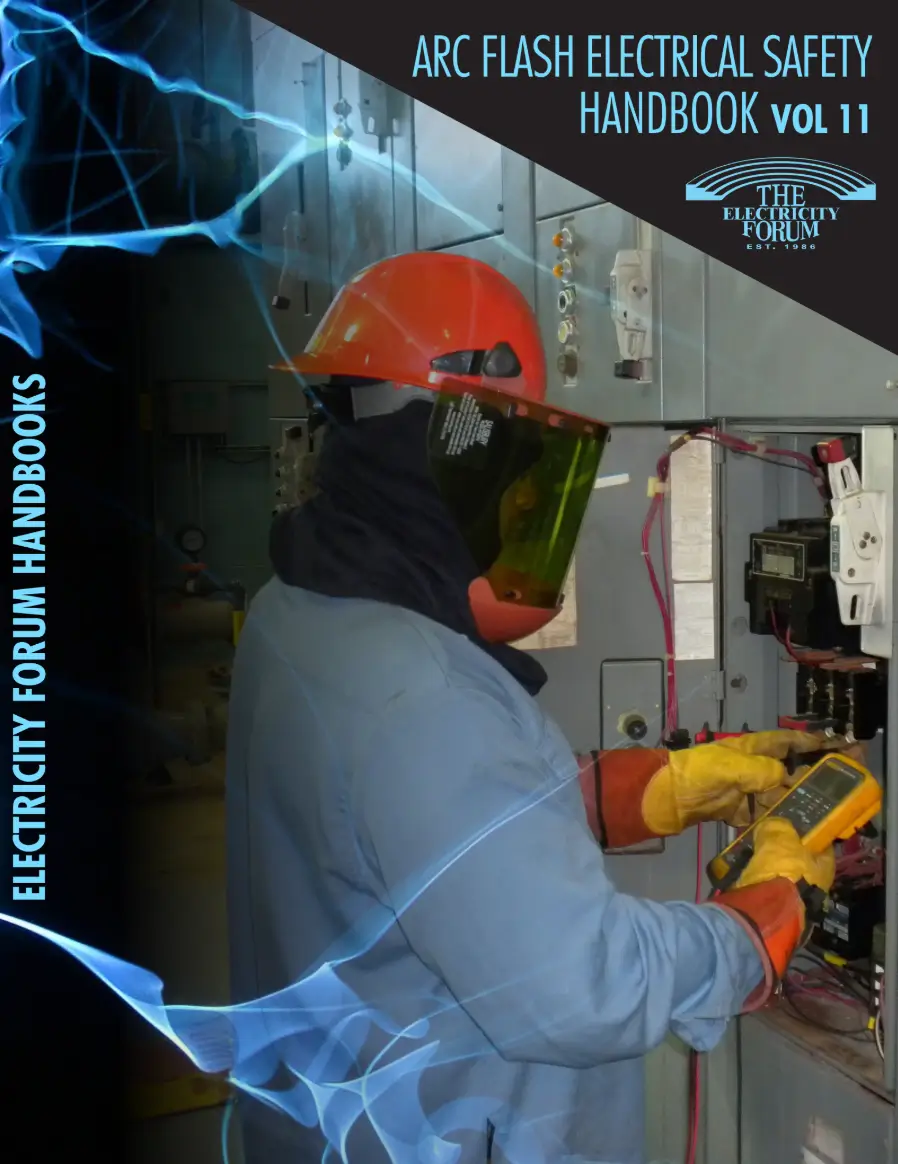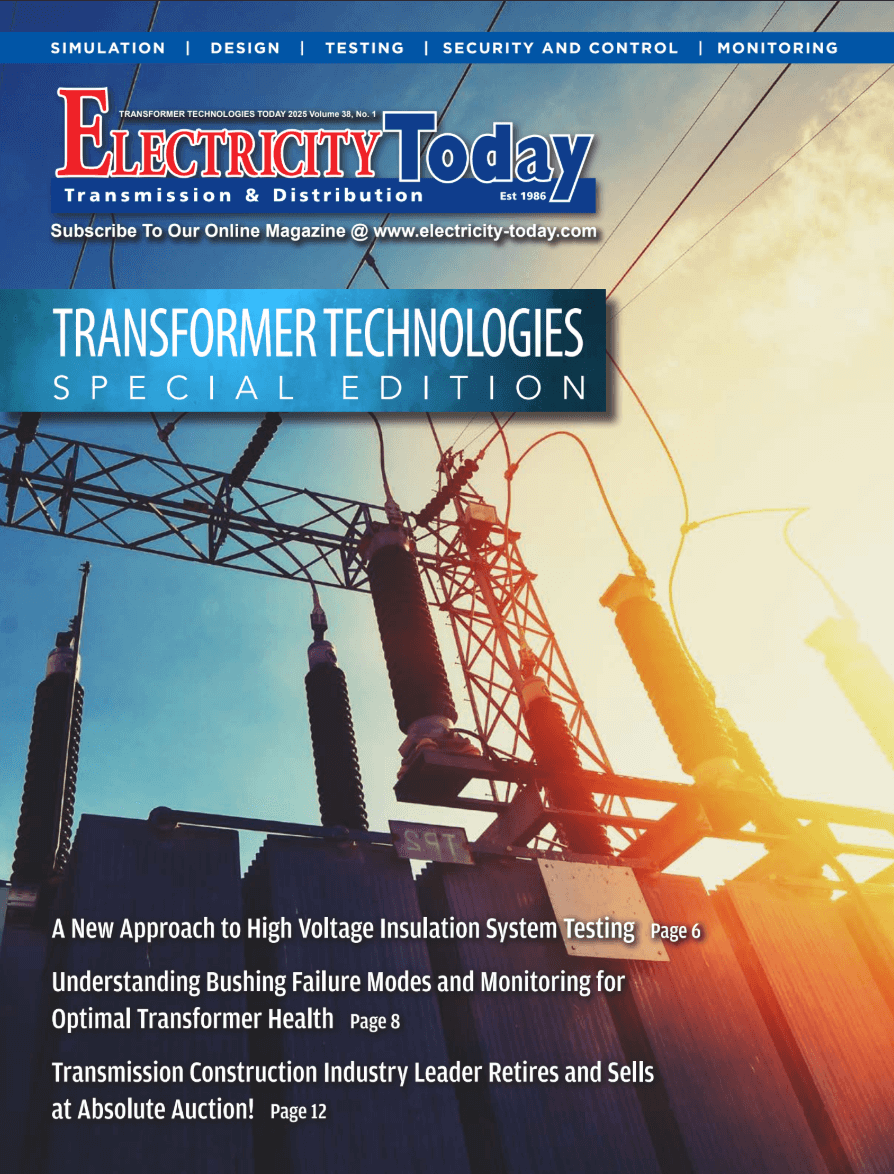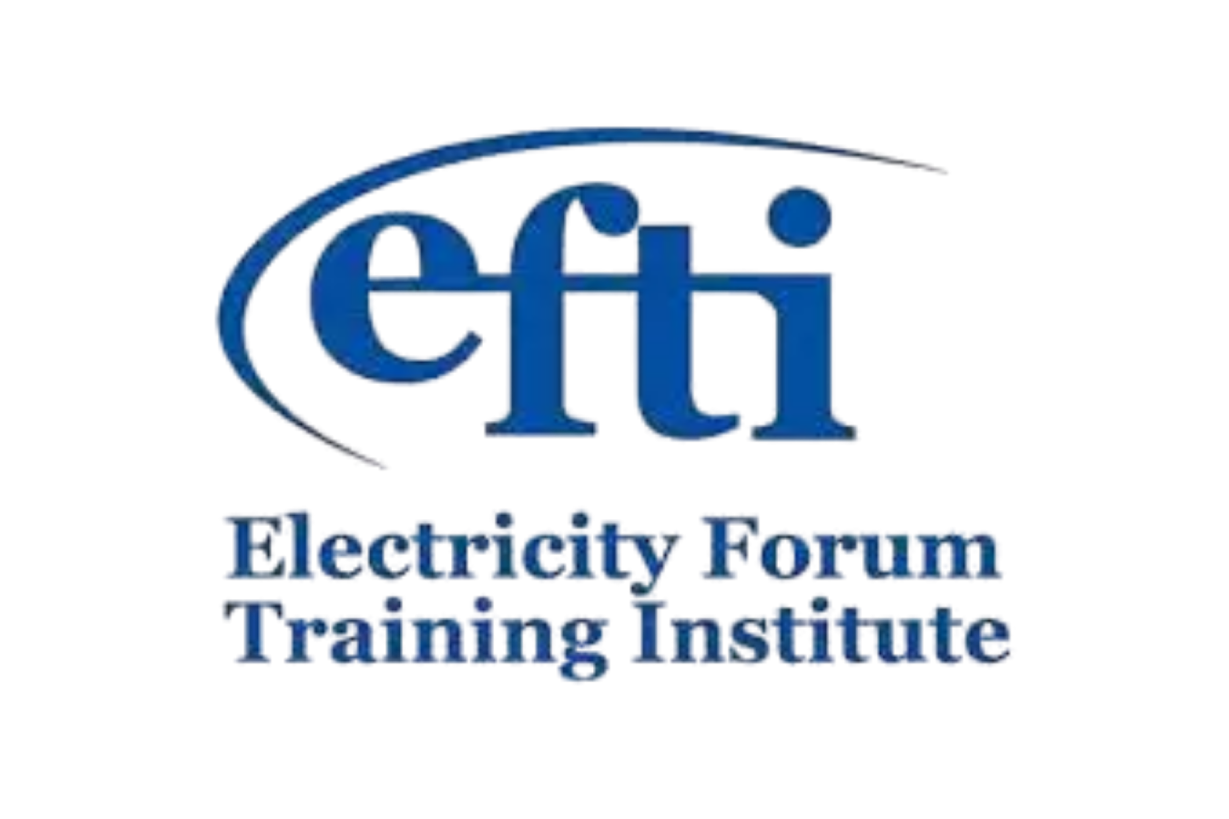Substation Automation Training—This 12-hour live online instructor-led course introduces state-of-the-art substation automation technologies and their applications in new and retrofit substations.
This comprehensive training course introduces participants to the latest substation automation technologies and their applications in both new installations and retrofit projects. With the electric utility industry rapidly advancing toward smarter, more integrated systems, substation automation has emerged as a critical solution for improving efficiency, reliability, and data-driven decision-making.
A recent industry report reveals that over 80% of utilities are actively implementing substation automation and integration programs. These initiatives span various departments and enable operational insights, real-time monitoring, and enhanced control directly from the substation level.
Participants will explore key automation components, including Intelligent Electronic Devices (IEDs), IEC 61850 communication protocols, Human-Machine Interfaces (HMI), and modern SCADA systems. Special focus will be given to cybersecurity challenges—particularly the vulnerabilities of legacy versus new SCADA systems—and mitigation strategies.
This course covers the complete lifecycle of a substation automation project, from concept to commissioning. Attendees will review international case studies to understand how automation systems are specified, designed, integrated, tested, and deployed across diverse utility environments.
Key Learning Outcomes
?? Understand the evolution of substation automation and its role in modern power systems
?? Learn the communication architectures and protocols (IEC 61850, DNP3, Modbus) used within substations
?? Analyze the functions and features of IEDs, HMIs, SCADA, and system gateways
?? Address cybersecurity risks in SCADA systems, with emphasis on securing legacy and modern installations
?? Explore system integration processes, including Factory Acceptance Testing (FAT) and Site Acceptance Testing (SAT)
?? Gain hands-on insight into global project examples and practical implementation strategies
?? Evaluate the levels of automation and integration applicable to new and existing substations
?? Discover how SCADA can be optimized for interoperability with enterprise-level systems
Related Training Resources
To enhance your understanding of electrical infrastructure, see our related courses and guides:






